In the lush, emerald heart of the Amazon rainforest thrives a tiny, cherry-sized fruit with a mighty reputation: Camu Camu (Myrciaria dubia). This tangy superfruit has gained global recognition for its astonishing vitamin C content and potent antioxidant properties, positioning itself as a prized ingredient in health supplements, juices, and beauty products.
But while several Amazonian countries share the native territory of this remarkable fruit, one nation stands far ahead of the rest in its cultivation and export. So — which country is the largest Camu Camu producer in the world? The resounding answer is Peru.
In this article, we’ll explore the origin, uses, production statistics, and global leadership of Peru in Camu Camu cultivation — along with insights into its health benefits, market potential, and future prospects.
What Is Camu Camu?
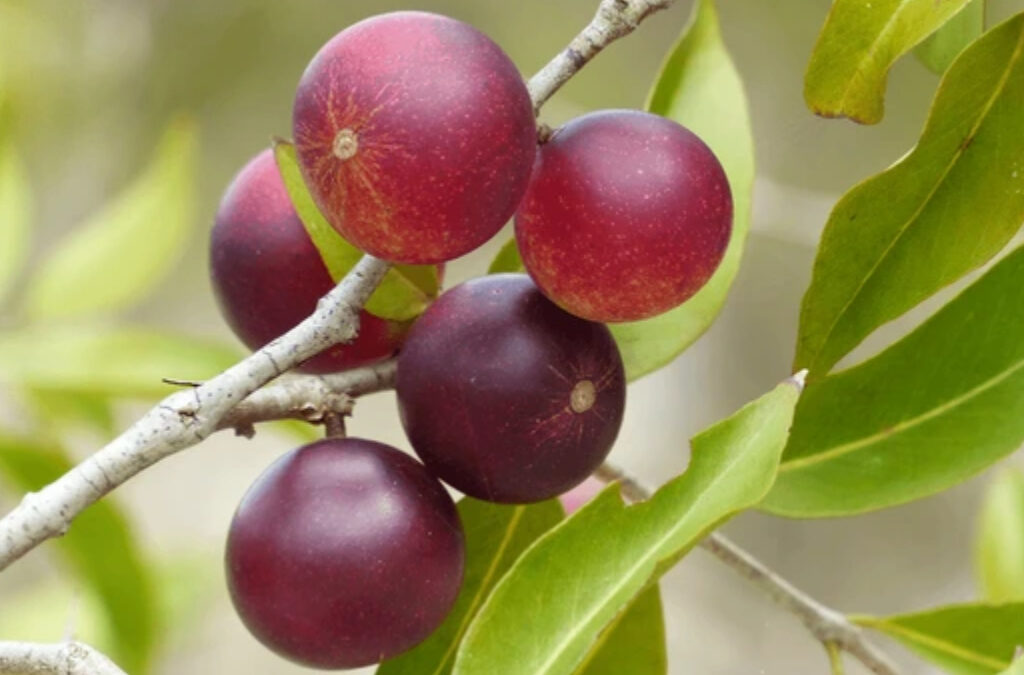
Camu Camu is a small, sour fruit native to the Amazon basin, predominantly growing along riverbanks and in flooded forest areas. The plant itself is a shrub or small tree that can reach up to 3-5 meters in height.
The fruit, which resembles a red to purplish cherry, is known for having one of the highest natural concentrations of vitamin C in any plant source, containing up to 30-60 times more vitamin C per 100 grams than oranges. Besides its nutritional value, Camu Camu is rich in antioxidants, anthocyanins, flavonoids, and essential amino acids.
Where Is Camu Camu Grown?
Camu Camu naturally grows in the tropical wetlands of:
- Peru
- Brazil
- Colombia
- Venezuela
- Ecuador
- Bolivia
Of these, Peru and Brazil are the primary producers, but Peru has firmly established itself as the global leader in both cultivation and export volume.
Why Is Peru the Largest Camu Camu Producer?
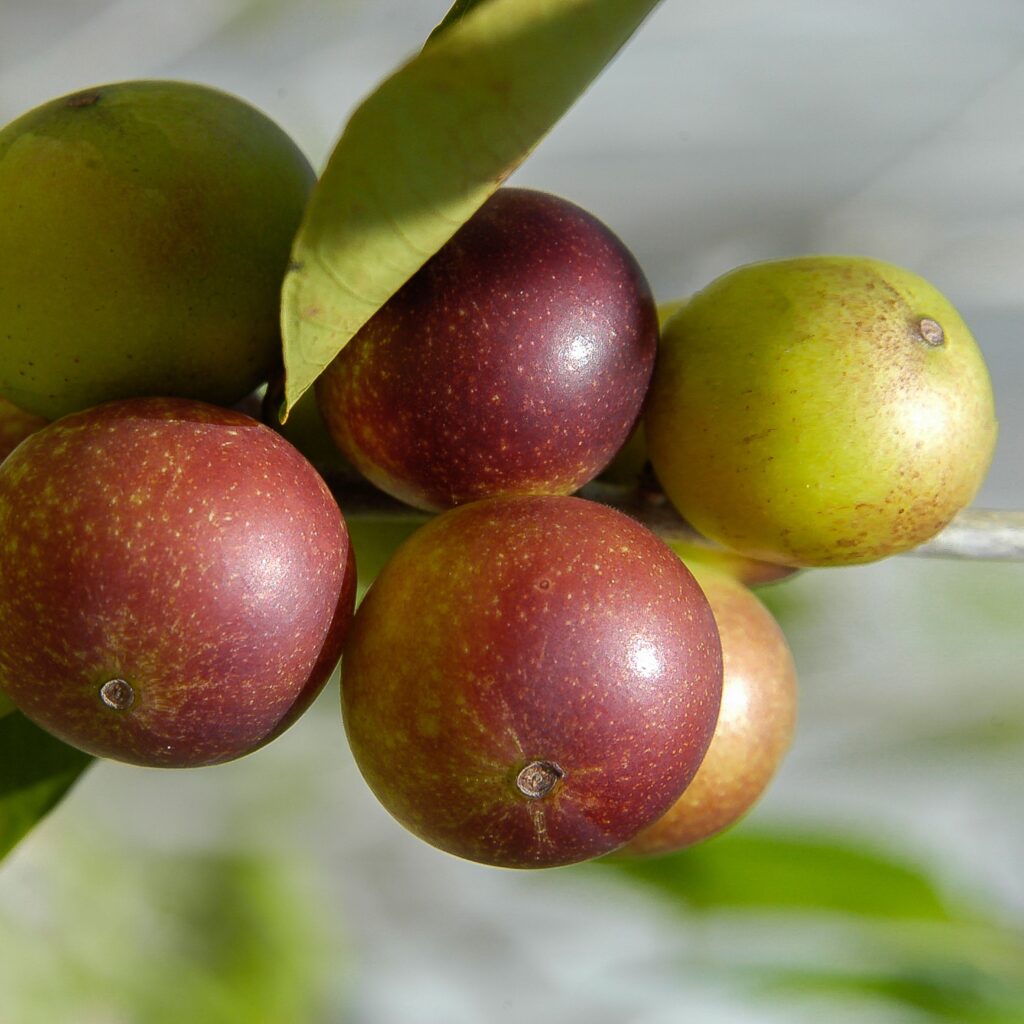
Ideal Amazonian Climate
Peru’s Amazonian regions — particularly Loreto, Ucayali, Madre de Dios, and San Martín — offer the ideal combination of high humidity, seasonal flooding, fertile alluvial soil, and consistent rainfall needed for Camu Camu to thrive naturally and abundantly.
Established Cultivation and Domestication
While Camu Camu is still harvested from wild populations, Peru has been at the forefront of domesticating and cultivating the fruit commercially. Through selective breeding programs and research initiatives by Peruvian agricultural institutes, improved high-yielding and disease-resistant varieties have been developed.
Managed plantations, particularly in the Loreto and Ucayali regions, have significantly increased Peru’s annual production capacity.
Government and Institutional Support
Peru’s Ministry of Agriculture and various agricultural research institutions have actively promoted Camu Camu farming. Investments have been made in:
- Genetic research
- Cultivation training for farmers
- Infrastructure development
- Export incentives
This structured support has enabled Peru to expand its production and processing capacity, positioning it as the leading supplier of Camu Camu worldwide.
Global Export Demand
The increasing global demand for superfoods, organic supplements, and natural vitamin C products has boosted the export value of Camu Camu products like:
- Freeze-dried Camu Camu powder
- Juice concentrates
- Capsules and tablets
Peru’s food safety certifications, organic farming standards, and processing facilities have made it the preferred source country for Camu Camu importers in North America, Europe, and Asia.
Camu Camu Production Statistics in Peru
Though precise annual global data for Camu Camu can be difficult to track due to its niche market, available reports consistently cite Peru as producing over 80% of the world’s Camu Camu supply.
Key figures:
- Major production areas: Loreto, Ucayali, San Martín, Madre de Dios
- Over 1,200 hectares dedicated to Camu Camu cultivation
- Commercial plantations yield up to 40 tons per hectare per year
- Peru accounts for an estimated USD 18–20 million in annual Camu Camu exports
- Top export destinations: USA, Japan, Canada, Germany, and France
Brazil: The Closest Competitor
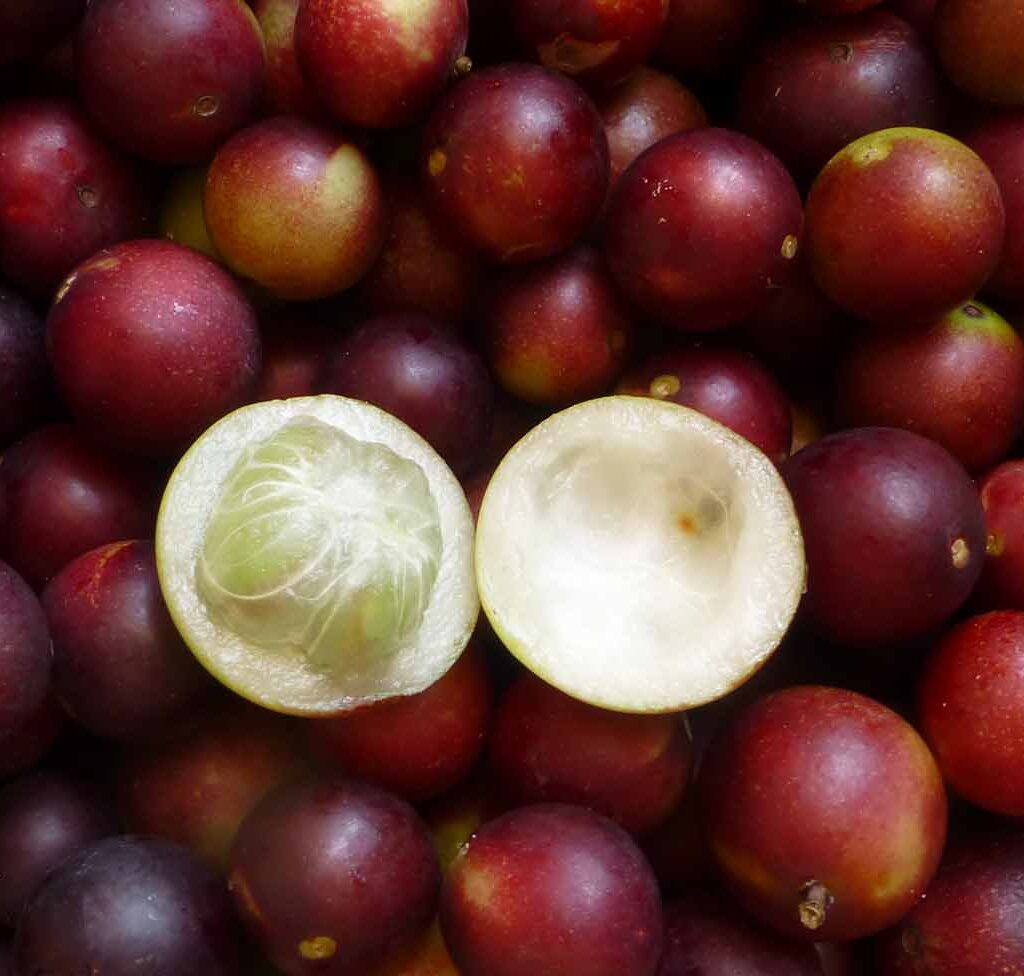
Brazil has extensive natural stands of Camu Camu in the Amazonas and Pará regions. However, unlike Peru, Brazil has been slower to commercialize large-scale production.
Most Brazilian Camu Camu is harvested from wild populations and consumed domestically or sold in local markets. Though Brazil contributes to international exports, it remains a distant second behind Peru in terms of both volume and export value.
How Is Camu Camu Cultivated?
In Peru, Camu Camu is typically propagated through seeds or cuttings and planted along riverbanks or in managed floodplains. The plant prefers:
- Partial to full sunlight
- High humidity
- Flood-prone or wet soils
It starts producing fruit after 3-4 years and can remain productive for up to 20 years. The harvesting season typically runs from November to March.
Post-harvest processing involves:
- Handpicking the ripe berries
- Cleaning and sorting
- Freeze-drying or pulp extraction
- Packaging for export as powder, pulp, or capsules
Culinary and Medicinal Uses of Camu Camu
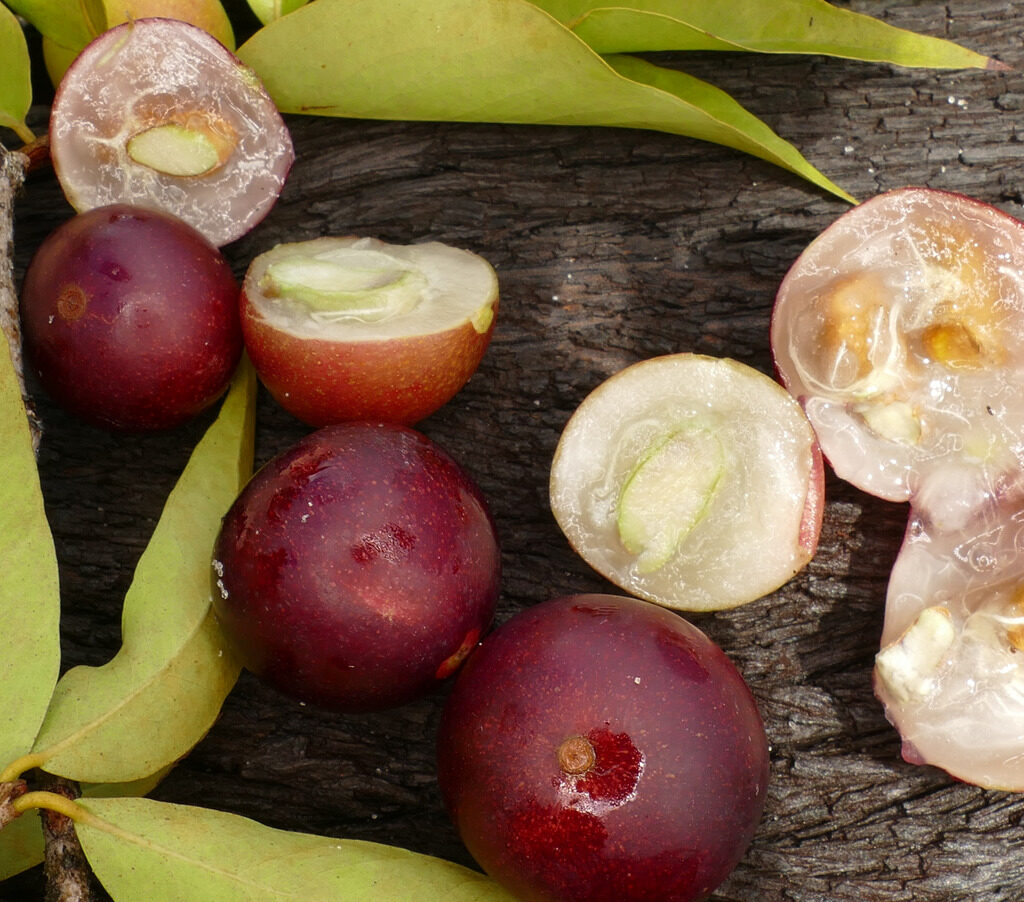
Camu Camu’s tart, citrusy flavor makes it ideal for:
- Fresh juices
- Smoothies
- Jams and preserves
- Desserts and sauces
- Natural food coloring
In traditional Amazonian medicine, Camu Camu is used to:
- Boost the immune system
- Combat viral infections
- Reduce inflammation
- Protect against oxidative stress
- Support liver health and detoxification
Its high antioxidant content has also made it a popular ingredient in anti-aging skincare products.
Camu Camu’s Rising Global Popularity
In recent years, Camu Camu has gained a reputation in international health food markets as a superfood supplement, especially in the form of freeze-dried powder, prized for:
- Supporting immune function
- Reducing fatigue
- Improving skin health
- Promoting cardiovascular health
Major wellness brands, fitness influencers, and nutritionists are now including Camu Camu in smoothies, supplements, and health drinks.
The Future of Camu Camu Production in Peru

With global demand for natural, plant-based superfoods on the rise, Peru is well-positioned to expand its Camu Camu production even further. Key opportunities include:
- Expanding organic certified plantations
- Developing value-added products (capsules, beauty serums, functional beverages)
- Investing in cold-chain logistics to reduce post-harvest spoilage
- Opening new export markets in Southeast Asia and the Middle East
Government programs promoting Amazonian biodiversity and sustainable agriculture will likely continue to support Camu Camu farmers and processors in the coming years.
Conclusion
So, to answer the question “Which country is the largest Camu Camu producer in the world?” — the clear and unequivocal leader is Peru.
Thanks to its perfect Amazonian climate, organized cultivation practices, government support, and growing global demand, Peru has cemented its status as the top supplier of this nutrient-rich superfruit.
As the wellness and superfoods market continues to boom, Camu Camu’s reputation will only grow — and Peru will remain at the heart of its global story.

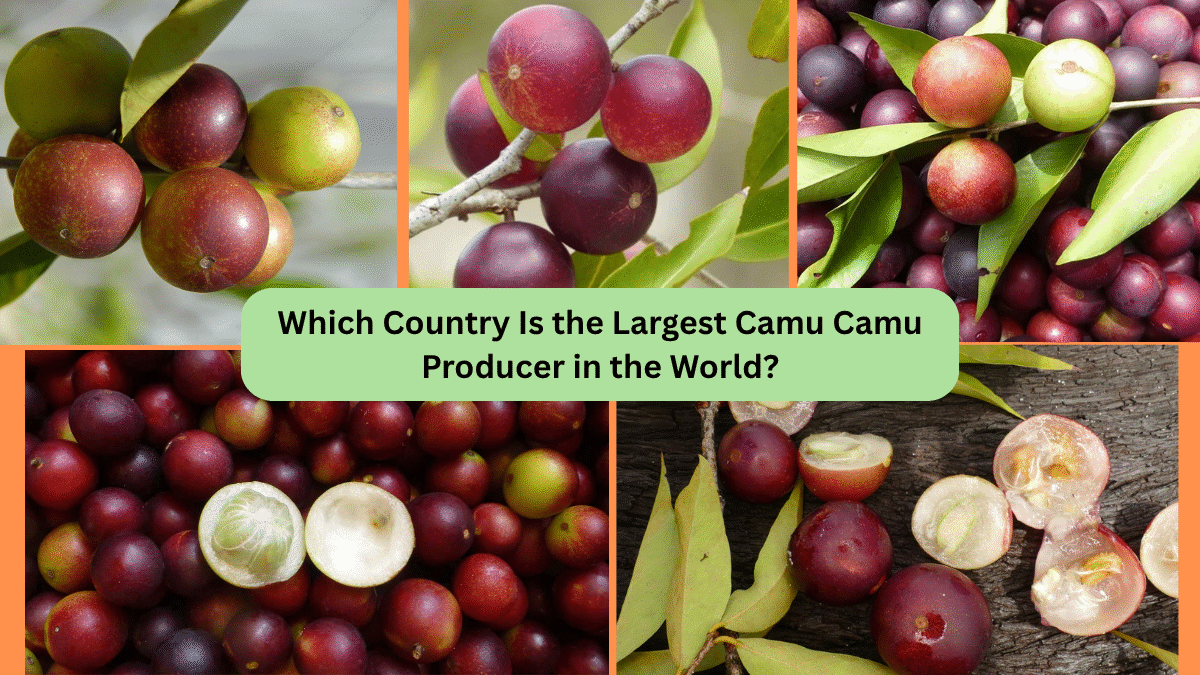

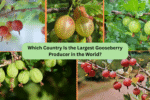

Leave A Comment